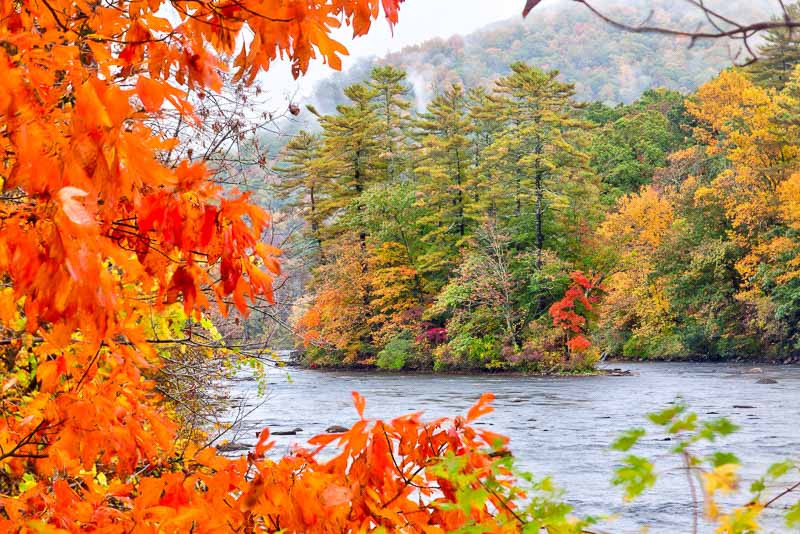Connecticut Native Plants: Expert Tips for Gardening Success
Gardening with native plants is a rewarding endeavor that contributes significantly to preserving the local ecosystem. For successful native gardening in Connecticut, understanding the local environment is crucial. These plants have evolved over thousands of years to thrive in the state’s climate, soil, and biological conditions.
Before you start, assess your garden’s conditions, including sunlight, soil type, and drainage. These factors will guide your plant selection process.
Consider incorporating Connecticut’s indigenous trees into your landscape. Eastern White Pine (Pinus strobus) is a quick-growing evergreen perfect for larger areas, while the Flowering Dogwood (Cornus florida) adds a dramatic flair with its beautiful spring blooms.
Wildflowers are also valuable additions. Purple Coneflower (Echinacea purpurea) and Black-eyed Susan (Rudbeckia hirta) are striking choices that attract pollinators, promoting biodiversity. For full sun locations, Butterfly Weed (Asclepias tuberosa) is a vibrant choice that draws monarch butterflies, while Red Trillium (Trillium erectum) thrives in shaded spots.
Practice sustainable gardening by using organic mulches and compost to improve soil health and conserve water. Avoid synthetic fertilizers and pesticides and allow nature to control pests.
Incorporating native plants into your garden aligns with Connecticut’s ecosystem, requiring minimal maintenance while fostering a vibrant, wildlife-friendly space. By choosing native, you are not only creating a visually rewarding garden but also taking a step towards preserving Connecticut’s biodiversity.

